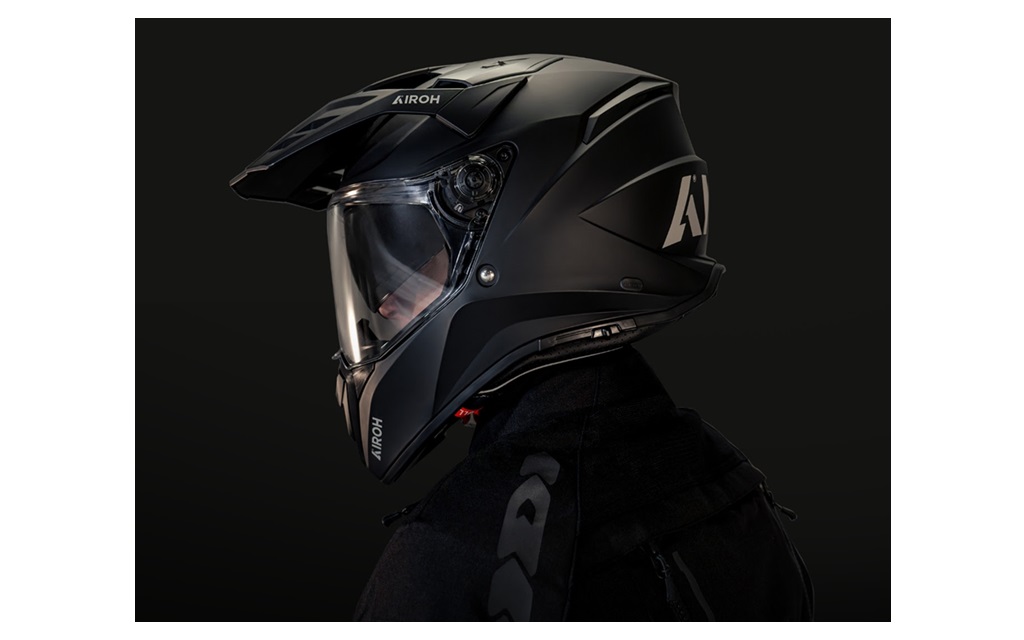Uwe Wachtendorf braves mud, rain, and an unseasonable California chill to ride the new Z1000.
As motorcycles have become increasingly specialized in design, the one model that should hold the most appeal for the general buyer, the standard or naked bike, refuses to sell. Despite the manufacturers’ best efforts, they can’t find buyers. Standards, it seems, are caught in the middle of an identity crisis—one that caused Kawasaki designers to question the kind of bike that the masses required. The result is the new-from-scratch Z1000.
Prior to my arrival in California to ride the Z1000 through the mountainous terrain north of Cambria, the area received heavy rain and unseasonably cold temperatures. My breath is visible in the air and I am warned that the roads will be slick with sections covered in loose sand and mud. Joey Lombardo, who is in charge of press fleet maintenance, also quietly tells me that my bike has been fitted with a new rear tire and apologizes that there wasn’t time to scrub it in. He shrugs off my evil eye glare with a laugh.
Within the first 10 minutes I realize that there wasn’t any cause for concern. For a full-size motorcycle the Z1000 seems exceptionally small; the front wheel disappears below the rider’s sight line and its waist draws in as tight as a supermodel’s. The scalloped flanks of the 15 L fuel tank allow a rider’s legs to remain parallel to the bike, while the seat, at 815 mm from the ground, is supportive without being overly hard and is shaped to allow an easy reach to the ground for the legs.
But the real story of the Z1000 is its engine. Designed specifically for this motorcycle, it is only partially described by its specifications. At 1,043 cc, the liquid-cooled inline four is the largest motor yet used in the evolving Z1000 line. Kawasaki claims 138 horsepower at 9,600 rpm, up 13 from the old Z1000. Maximum torque is 81 lb-ft, which is similar to the ZX-10’s output, but it comes 900 rpm earlier at a more street-suitable 7,800 rpm.
Riding on roads that manically switchback between sections of long, fast sweepers, the engine is best between 5,000 and 7,000 rpm. However, the bike can be dogged and torque is sufficient to make frantic gear shifting of the slick six-speed ’box unnecessary. Fuelling by the four downdraft 38 mm Keihin throttle bodies is mechanically controlled and the fuel injection is both responsive and free of glitches.
Showa components are used for both front and rear suspension. A fully adjustable 41 mm fork isn’t as robust as I would have expected for a bike of this size and weight, yet it works well to keep the bike composed. The rear suspension’s interesting arrangement is what Kawasaki describes as a horizontal back-link shock, an engineered solution to the placement and heat of the exhaust system’s pre-chamber. By locating the shock and linkage above the swingarm, designers have removed them from excessive heat, and made adjusting the preload and rebound damping settings easier.
Radial-mount Tokico four-piston calipers and dual 300 mm petal-type rotors on the front are controlled by an adjustable brake lever and radial-pump master cylinder. Initial bite is good and control throughout the lever’s stroke is precise and powerful enough to press my brain into the back of my eyes. The rear single-piston unit clamps a 250 mm petal-type rotor and as I tiptoe my way down steep wet and greasy declines, its control and power keep me out of trouble.
After hours of restrained and cautious riding we join the dry and pristine Pacific Coast Highway and the pace increases for the final 50 kilometres of the day. Railing through fast sweepers and powering hard out of tight turns is a forte of the Z1000. Although it does most things well, riding it at speed on an open and twisting road clearly demonstrates that sport bike thrills can be had without sacrificing comfort or practicality.
But the $13,199 question remains: will this bike sell? The struggle of the standard motorcycle is an enigma that requires decoding: of all the styles of motorcycle available, these best represent what most riders need. And what few riders want. It should sell well, but that doesn’t mean it will.











